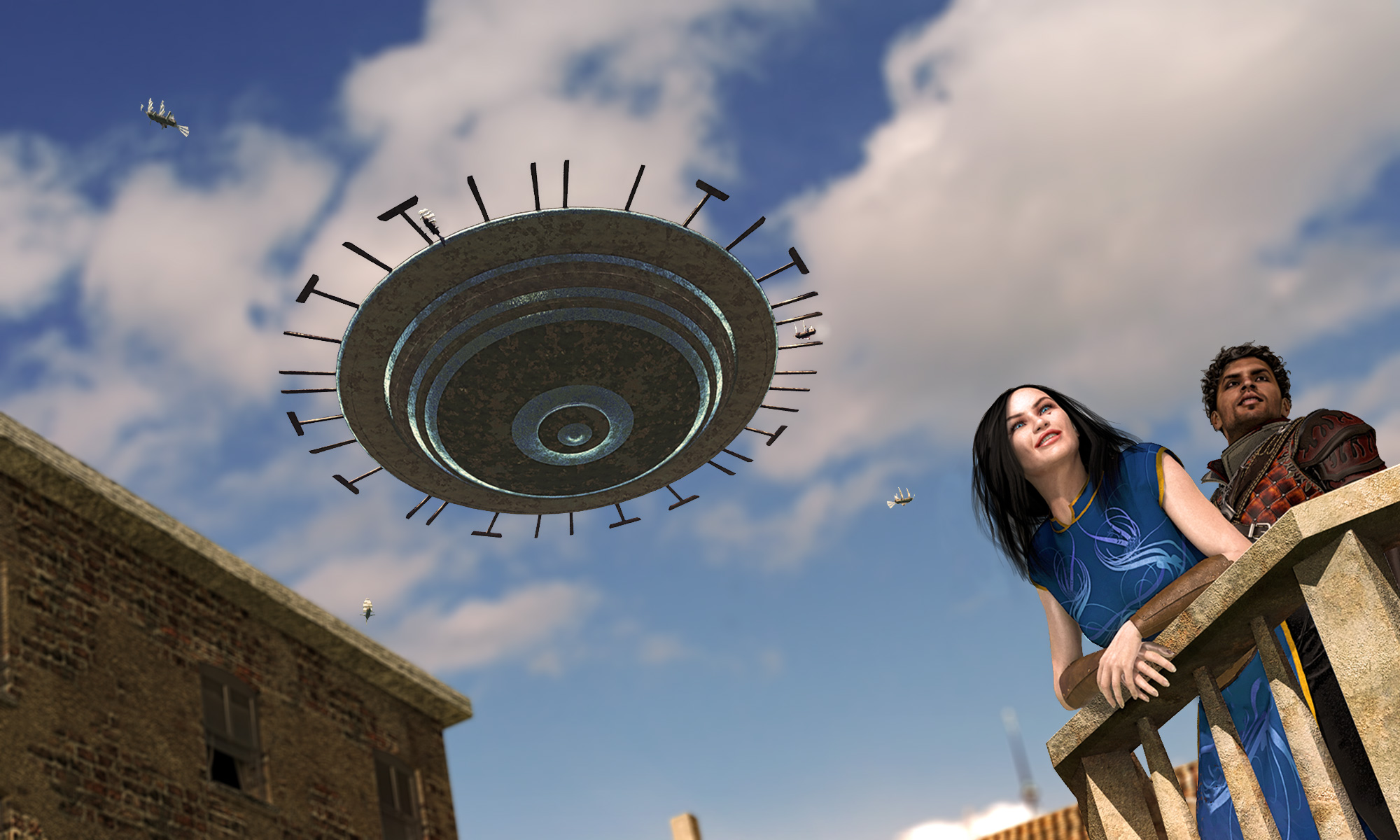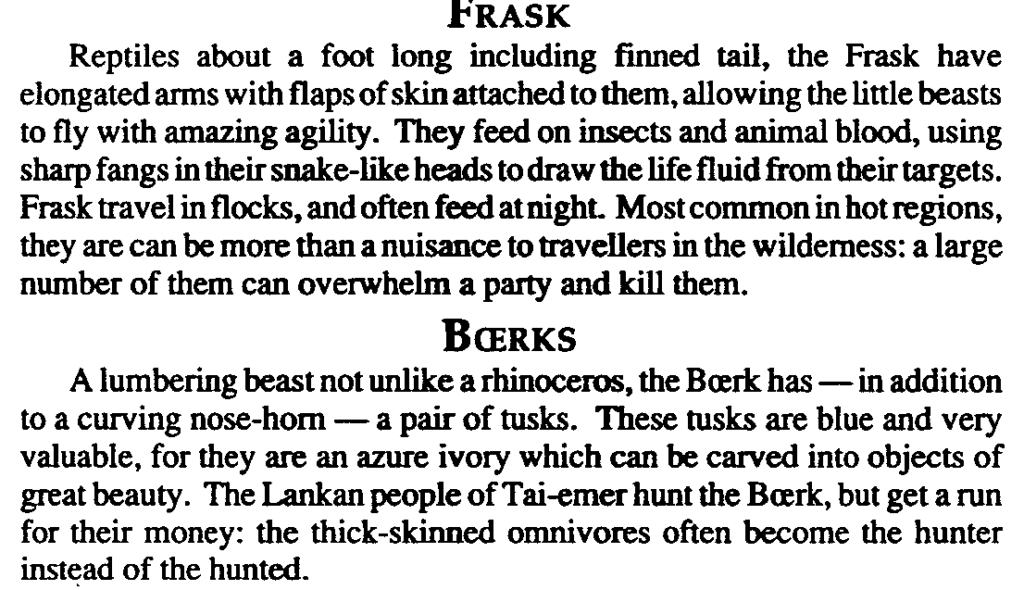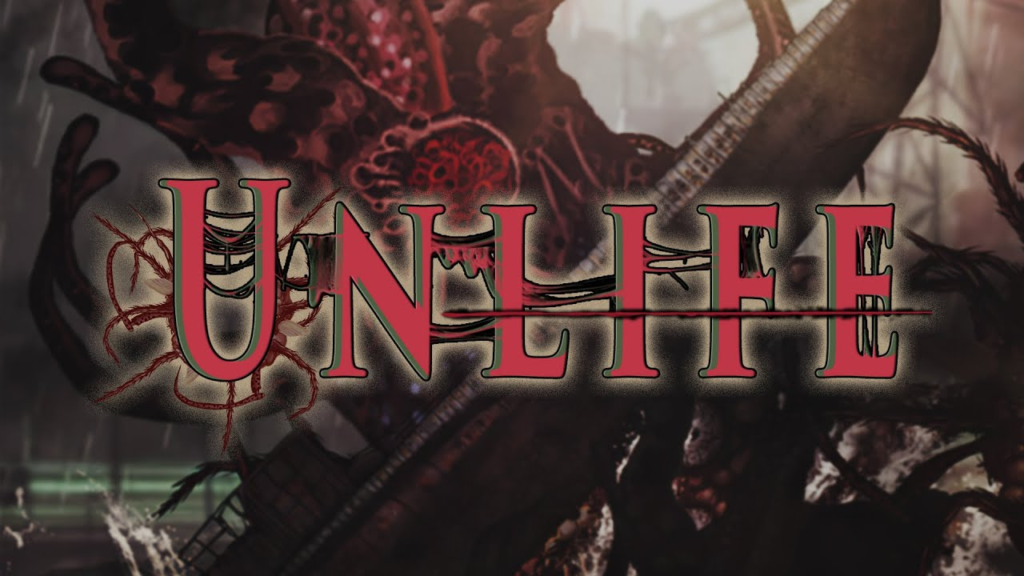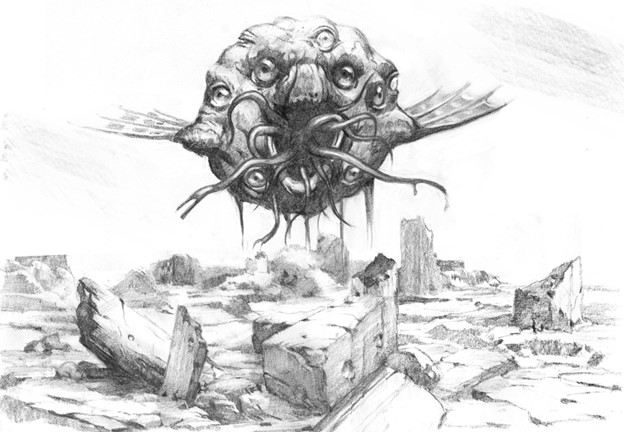
Recently there has been an uptick in discussions about Shadow World’s Navigators on both the forums and the discord server. I thought I would write a follow up to my previous blog that I wrote back in 2016, found HERE.
Navigator Cost. Given the importance of Navigators and the original concept of the Essence Flows, it makes sense that Navigator services should be affordable by the PC’s. Otherwise, what’s the point? Some people have pointed out that the published costs of Navigators (MA ed. 2) are prohibitive and when you calculate the cost for merchants and the weight of trade goods doesn’t hold up under a rational economic system. But first, let’s review the original source, The Iron Wind (not the 1st ed. parchment), where the outlines of the Navigators Guilds were germinated:
To calculate the cost of a Guild-directed trip, use as a standard unit of
either one person or 501bsof cargo. Charge I gp . per mile per unit overland ;
1 gp . per 10 miles per unit by sea. An additional flat rate of 100 gp . per unit
per Jump -as deemed necessary by the Navigator – is charged, with a surcharge
of 10 gp . per unit per mile of Jump travel over 50 miles. (Nearly all
Jumps used at the Navigator’s discretion to bypass barriers and perilous
areas are less than 50 miles.)
I’m pretty sure that this price structure carried over to the Master Atlas, but do these costs even make sense given the prices for other goods and services? I would note that there is very little evidence that Terry actually GM’d in any significant way; he was a writer and creator, but may not have play tested his materials to any degree. Maybe the Navigator prices need to be adjusted?
Or perhaps we need to address what the Navigators do and don’t do.
It wouldn’t surprise me if most SW players perception of Navigators was that of high level magic users that can teleport at will, have extensive spell powers and provide passage AND safety to the group that hires them. Of course there are high level Navigators with formidable powers but the Guilds are very clear on what services they provide. In no particular order and drawn from a variety of SW books:
–They provide swift, relatively safe transport to anyone who has the money to afford their prices
–They will not transport what military personnel or items, either
for the purpose of attack, espionage or sabotage
–They provide is the ability to guide people safely through the Essænce flows, and to locally influence Kulthea’s often violent weather.
–They guide ships and caravans along the safest route; they are able to teleport groups—or cargoes and even ships— across vast distances by using nearby Essænce Flows
–Direct ‘Jumps,’ , especially long ones or those involving large numbers of people, are tricky and correspondingly prohibitively expensive
–Conventional transportation—such as riding animals or sea vessels—is almost never supplied by the Guild, and in fact must be provided to the Navigator by the client. The Navigator, however, will advise the ignorant client on what mode of transport is most appropriate.
–Navigators are notoriously unsympathetic to people with no money in tight situations.
–The Navigator will not fight unless he or she is personally threatened.
–The Navigators will not communicate their knowledge to clients: transport is their trade, not information.
–The Navigator will inform a potential client if he asks to be delivered to a dangerous location.
–The official stance of the Navigators is complete neutrality.
The take away is that Navigators are primarily guides an less often are providing “Jump/Teleporation” services which are much, much more costly. But that raises a whole other issue: what powers do they really have and do they match the services they should be able to provide? There are 3 Navigator Ranks: Apprentice, Journeyman and Master that are roughly 5th lvl, 10th lvl and 20th+ level respectively. For the moment, let’s put aside any undefined abilities that the Navigator compasses may provide and just review the profession Base Lists for the Navigators, specifically: Mass Transport, Self Transport, Flow Mastery and Path Mastery.
Apprentice. (Around 5th lvl). These Navigators handle simple tasks like responding to summons via the Obelisk network and negotiate services and pricing. They may even handle simple guide services in safe areas, but they still need to teleport to the client.
Self Transport. At or around 5th lvl an Apprentice Navigator can “Jump” up to 10miles per level and Long Door up to a 1000′. So at this point, until they reach 8th lvl they can’t Teleport to a Obelisk or return to Nexus which would be the minimum requirement to handle initial requests.
Transporting Targets. Apprentices can basically do short “leaving” or “long door” with up to 3-5 targets over distances of a few hundred feet.
Weather Control. An Apprentice can control winds, perhaps calm water and predict weather.
Guidance. With Path Mastery an Apprentice has some decent skills of navigation, location and sensing hazards.
Essaence Control. Barring the ability to locate flows and foci, Apprentices are able to tap into Flows and completely replenish their PPs.
Conclusion. At just 5th level and assuming no ability to overcast, an Apprentice can’t really perform the basic duties ascribed to them. But as basic wildnerness guides they have some utility, but perhaps not more than a Druid or Ranger.
Journeyman. (Around 10th lvl). A Journeyman is allowed to lead low-risk
expeditions that won’t require Jumps or high-level magical weather or Flow control. Can they do this?
Self Transport. By 10th level a Navigator can easily teleport to any Obelisk, return to Nexus and Teleport themselves up to 100m/lvl using Flows.
Transporting Targets. Journeyman can Teleport 2-3 targets 10 miles/lvl.
Weather Control. Advanced spells to calm water, control winds and call clouds.
Guidance. Journeyman gain useful spells for guidance, sensing hazards, scout ahead and create magical bridges.
Essaence Control. Slightly more advanced abilities than a Apprentice including parting a minor flow and the ability to draw power in excess of normal limitations.
Conclusion. Journeyman can probably handle most of the typical Navigators duties. At 10th level they’ll have skills and abilities based on their normal Profession (I have issue with this) so they will be competent.
Master. (Around 20th lvl). Master’s should be considered “full-fledged” Navigators with all of the abilities attested to. Let’s see:
1Self Transport. By 20th lvl a Navigator can basically transport themselves pretty much anywhere.
Transporting Targets. Have the ability to Teleport up to 20 targets 10 miles/lvl.
Weather Control. Excluding complete mastery of weather, Master’s can modify skies up to 1 mile/lvl for 1 hr/lvl.
Guidance. Slightly more advanced than a Journeyman with longer range of senses.
Essaence Control. Masters have the ability to “ride the flows” and by 25th lvl can part Major Flows.
Conclusion. Masters are basically the “full package” but don’t have the ability to move large groups and objects (like Skyships) via Teleport until 50th lvl, and even that is limited by size and range. So the reputed powers of Jumping ships to avoid danger is only held by a few of the most powerful Navigators.
Additional thoughts and comments:
- The Navigator spell lists are a mess. Some of it seems like lack of editing but there are quite a few useless spells and some useful abilities are missing. I have it on my list for BASiL treatment.
- Exact powers of Compasses are never enumerated, but to address some gaps in Navigators abilities, it would easy to assume that compasses provide the ability to cast above your level–I think 10 levels over would be adequate. Apprentices are given “lesser Compasses” (of more recent fabrication). Perhaps these only allow to cast 5 levels above.
- Why would Navigators spend days or weeks guiding parties when they could just Jump them quickly and be on their way? Well as written, the Nav spell lists just don’t provide that ability. Other reasons could be the risk involved, factors due to the loss of the Northern Eye, difficulty in Jumping through various Flows, Storms and Foci for longer jumps.
- Why would high level Navigators even stoop themselves to such a mundane task? First, powerful Navigators would only be tasked with the most risky assignments. Second, they are probably working for powerful or wealthy entities which could provide valuable intel or insight. Third, it isn’t inexpensive and they need to keep the lights on!
- How many Navigators could there possibly be? If you want Navigators to be an element in the game, they can’t just be a legend or rumor–they need to be seen and attainable. But imagine all of the trade, all of the Obelisks and the apparent need for Navigators to, at least, help bypass Essaence Barriers. Would there need to be thousands of Navigators? Tens of thousands?
- How many Compasses could there be? The first batch was found in the City of the Dead, consisting of “a dozen magical wristbands”, and then more were found of various designs. All are thought to be of Ka’ta’viir construction. Are there hundred or thousands? Certainly not tens of thousands. We know that the Ka’ta’viir were a small population subset of the Althans, perhaps a few dozen families. Can they be copied? They are supposedly intelligent…by whom or what? (that could lead to an interesting adventure if compasses were corrupted or changed..)
- Where did the Navigator Base lists come from? The Loremasters helped the early Nav’s to figure out the compasses, but spell lists access is controlled. Nav and Loremaster base lists are considered “Arcane”, which date back to proto realms times. Maybe the intelligent compasses themselves have the spell lists and grant their use via attunement.
As NPC’s this is mostly a thought exercise. Terry is known for bending, or ignoring, the Rolemaster ruleset to fit his world building. Certainly we can handwave away any inconsistencies. However, I think there is work that could be done to tighten up the Navigators, and I’m all for hidden knowledge escaping–why shouldn’t a player character discover these erudite lists or find a compass themselves in some unplundered tomb?
What do you think??










